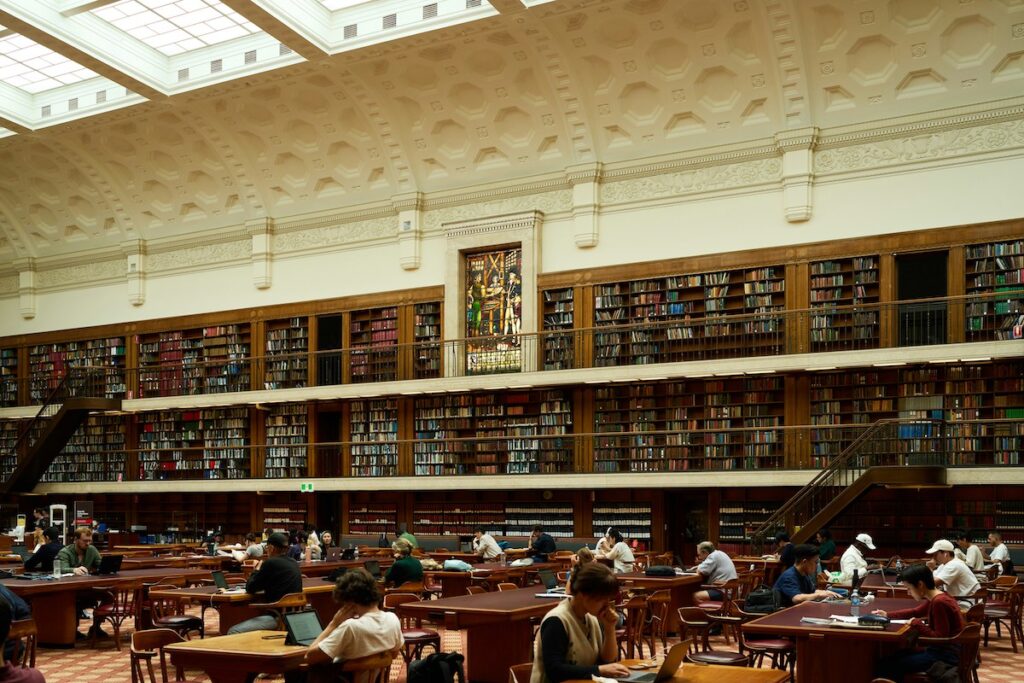On 27 August, the Australian government announced a cap on international enrolments. Formally referred to as the National Planning Level (NPL), the cap is set at 270,000 for the calendar year and is divided between the higher education and vocational education and training (VET) sectors. It applies to “new student commencements,” which counts the first instance a student starts a non-exempt course at their first provider. This includes each time a student changes to another course at a different provider. Although, this circumstance may be more unlikely due to the updated Genuine Student requirement and additional restrictions to “visa hopping.”
The NPL shall go into effect in 2025 once the Education Services for Overseas Students Amendment (ESOS) Bill 2024 passes in Parliament. It shall replace Ministerial Direction 107, an immigration framework that categorises Australian institutions based on risk levels and gives preferential treatment to “low-risk” institutions.
Cap distribution and exemptions
Publicly funded universities will be allocated 145,000 new international student commencements next year, similar to 2023 levels. The NPL shall support institutions that have been disproportionately affected by the pandemic and uneven patterns of student returns. Individual limits will be outlined in an International Student Profile (ISP), with universities being provided with their indicative profiles. This means that institutions with higher concentrations of foreign students or those that have grown quickly in recent years could receive lower allocations. On the other hand, those with lower concentrations may receive additional spaces for international students.
New student commencements in other higher education and non-university providers, in aggregate, will be capped at around 30,000. Moreover, the VET sector will be limited to a cap of 95,000 new international student commencements in 2025. Providers with a high ratio of international students will receive a lower allocation to encourage the diversification of their student base.
The NPL excludes the following students from the set caps:
- school students
- higher degree by research students
- students taking standalone English language courses (ELICOS)
- non-award students
- Australian government-sponsored scholars
- students that are part of an Australian transnational educational arrangement or twinning arrangement
- key partner foreign government scholarship holders
- students from the Pacific and Timor-Leste.
Arrangements for 2026 and beyond shall be made later and will deliver sustainable growth in international student numbers to ensure the sustainability of the sector.
Concerns from the sector
The NPL has elicited alarmed responses from the international education sector, with the industry blasting the caps for their possible negative impact on the industry. Much criticism is anchored from the aftereffects already experienced by recent visa updates, which ushered in a 23% decrease in higher education visa grants versus last year.
Universities Australia Chair David Lloyd said the cap “will apply a handbrake to Australia’s second biggest export industry.” Meanwhile, the Group of Eight (Go8) expressed that they “remain implacably opposed to international student caps for the damage they will do to the sector and the nation.” English Australia CEO Ian Aird also voiced concerns. He noted that the bill was “drafted on the run, without meaningful consultation of those impacted, without consideration of its economic impact or the jobs it will cost, and without concern for students.”
The sector emphasises the significant contribution of international education to Australia. In 2022–2023, international education was worth AU$36.4 billion to the country’s economy. Notably, spending by international students accounted for more than half of Australia’s economic growth in 2023. Local voters also view foreign students as drivers of the economy. They consider them as major drivers of growth and important players in filling the country’s skill gaps.
Moving towards a sustainable industry
The NPL reflects the Australian government’s determination to “strengthen the integrity of the [international education] sector and ensure it maintains its social licence.” The reforms are meant to manage the system and are designed to help it grow sustainably over time. Still, stakeholders urge the government to tread cautiously in their measures to manage the sector. They continue to call for transparency, collaboration and accountability to ensure that the appropriate steps are taken without compromising the health of the international education industry in the country and jeopardising its benefits to the economy and local communities.
Stay updated on the latest developments coming from Australia by keeping an eye out on our newsroom. You may also get in touch with our business development experts for more information and to get help on how to navigate these changes for your students.



